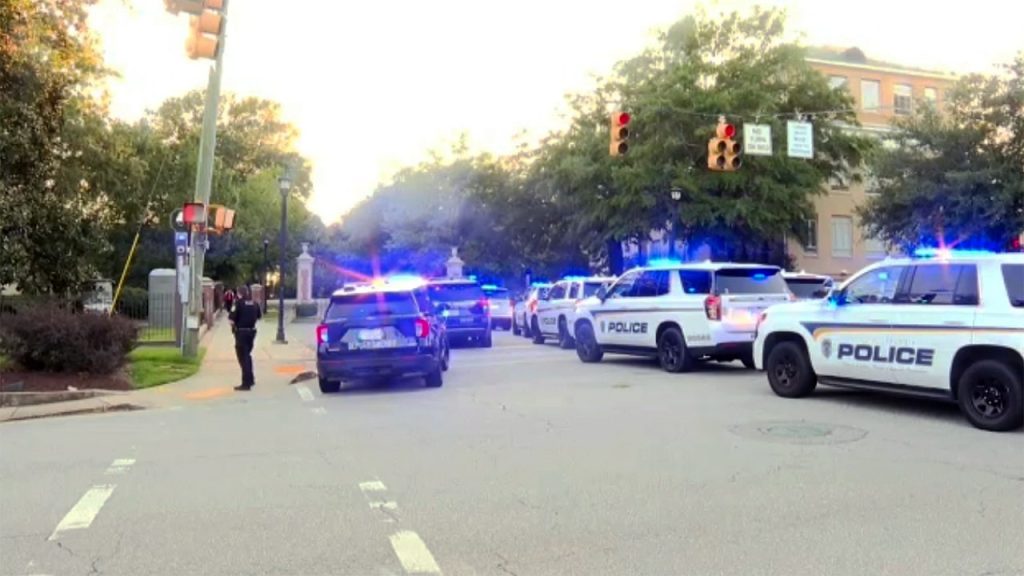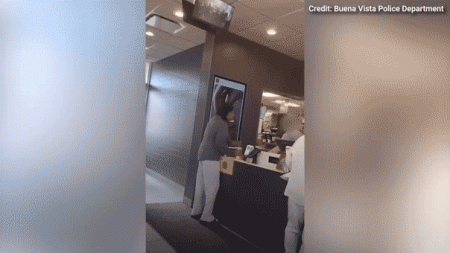False Alarm at University of South Carolina: Understanding Campus Safety Protocols
In an incident that underscores the heightened awareness of campus safety in America today, the University of South Carolina experienced a brief but intense scare on Sunday evening when reports of an active shooter near the Thomas Cooper Library triggered emergency protocols. The university quickly issued an alert just after 6:30 p.m. ET, instructing students and staff to shelter in place, avoid the area, and take appropriate safety measures including evacuation or barricading themselves if necessary. This swift response demonstrates how seriously educational institutions now take potential threats, even before they are verified. After a thorough investigation, campus officials issued an “all clear” shortly after 8 p.m., confirming there was no ongoing emergency and no evidence of an active shooter on campus. Despite the resolution, the Thomas Cooper Library remained closed for the remainder of the evening as a precautionary measure.
The incident appears to have stemmed from a misidentification that spread quickly through the campus community. Video footage circulated online showing an individual walking toward a campus building carrying what some viewers interpreted as a long rifle. This visual sparked immediate concern in a nation that has witnessed numerous tragic campus shootings over the past decades. However, Scott Prill, Deputy Chief of Police for the University of South Carolina, later clarified that the person in question was simply carrying an umbrella. This misidentification highlights how ordinary objects can be misperceived in a climate of heightened security awareness, and how rapidly such perceptions can trigger emergency responses on today’s college campuses.
This false alarm at the University of South Carolina comes on the heels of a similar incident at Villanova University in Pennsylvania just last week. During freshman orientation activities, parents were attending a mass to say goodbye to their children when the school suddenly went into lockdown due to reports of an active shooter. Villanova University President Peter Donohue later described that incident as a “cruel hoax,” confirming that “there was no active shooter, no injuries and no evidence of firearms present on campus.” These parallel events illustrate a troubling pattern of false alarms that, while thankfully not actual threats, nonetheless create significant distress for students, parents, and faculty while consuming substantial public safety resources.
The psychological impact of such incidents cannot be underestimated, even when they prove to be false alarms. For students and parents experiencing a campus lockdown, the fear is very real in the moment. Parents dropping their children off at college already face emotional challenges as they separate from their young adults; having this transition interrupted by an active shooter alert, even a false one, adds a layer of trauma to what should be a meaningful milestone. For students, especially those new to campus life, such incidents can create lasting anxiety about their safety in what should be a secure learning environment. Campus mental health services often report increased demand for support following these events, regardless of whether an actual threat materialized.
These incidents also raise important questions about the balance between maintaining vigilance and avoiding unnecessary panic. Universities face the difficult task of responding immediately to potential threats while also working to verify information before widespread alarm is created. The University of South Carolina’s response—issuing an alert while simultaneously investigating—represents standard protocol at most institutions today. However, the rapid spread of unverified information, particularly through social media where the umbrella/rifle video quickly circulated, creates additional challenges for security officials trying to manage both the physical safety and emotional wellbeing of campus communities. Institutions continue to refine their emergency communication systems to provide timely alerts while reducing the risk of spreading misinformation.
In the aftermath of such incidents, universities typically conduct thorough reviews of their emergency response procedures. These assessments examine how quickly alerts were issued, how clearly information was communicated, how effectively campus security conducted searches, and how well the community followed safety protocols. While false alarms are disruptive and emotionally taxing, they also provide valuable opportunities for institutions to test and improve their emergency systems without the catastrophic consequences of an actual shooting. The University of South Carolina’s ability to quickly investigate, determine there was no actual threat, and issue an all-clear within approximately 90 minutes suggests their protocols functioned as designed, though undoubtedly the experience will inform future refinements to their emergency response systems. As campuses nationwide continue to prioritize safety, these incidents serve as sobering reminders of both the necessity of vigilance and the importance of accurate information in crisis situations.











